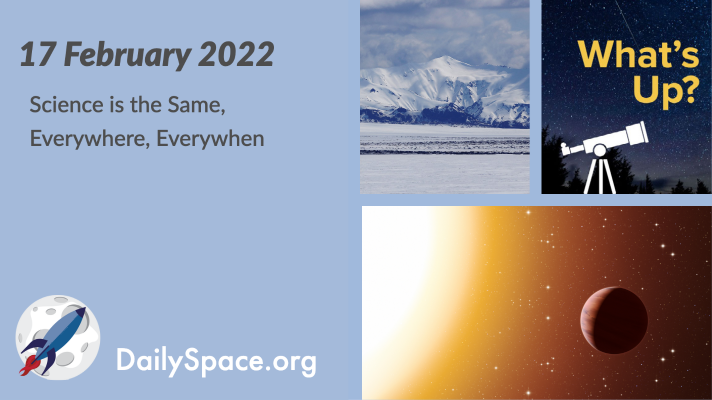
Feb 18, 2022 | Climate Change, Daily Space, Earth, Exoplanets, Galaxies, Sky Watching, Stars, Supermassive Black Holes
Today, we bring you stories proving that we do understand some things, like black holes, and that we have forgotten other things, like that the Earth’s crust can sag under the weight of ice. It’s all a lot more complicated than we like to think. But it sure is pretty, and when the science makes your head hurt, our What’s Up segment will fill your eyes with some beauty.
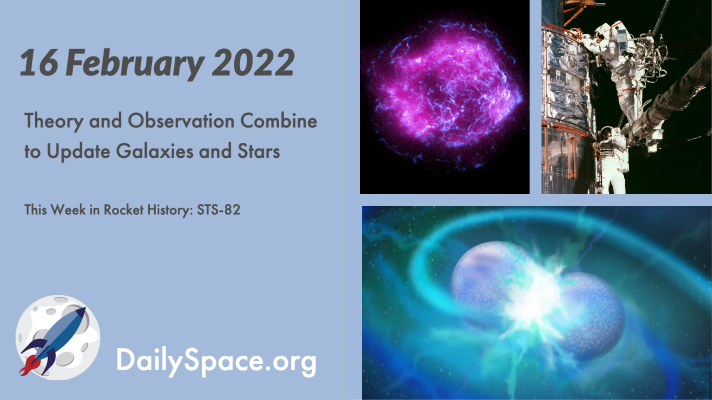
Feb 17, 2022 | Crewed Space, Daily Space, Dark Matter, Galaxies, IXPE, Moon, Space China, Space History, Spacecraft, Stars, White Dwarfs
Today, our view on the universe gets itself an update thanks to the combined efforts of theorists and observers. From a new understanding of how galaxies can lose their dark matter, to how white dwarfs can be resurrected into helium-burning stars, we have the weird, the wonderful, and in the case of a new lunar tracking system, we even have a touch of the mundane. Plus, this week in rocket history, we look back at STS-82 which serviced the Hubble Space Telescope.
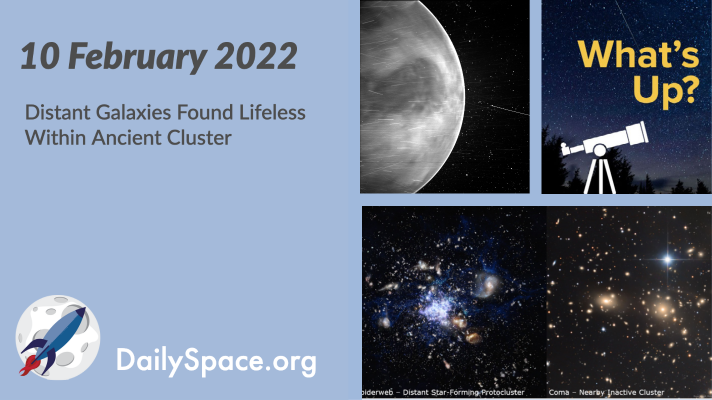
Feb 11, 2022 | Daily Space, Exoplanets, Galaxies, Sky Watching, Spacecraft, Venus, White Dwarfs
Defying expectations, an ultramassive galaxy and many of its cluster companions had already formed most of their stars and become inactive only two billion years after the beginning of the universe. Plus, the nightside of Venus, a new exoplanet for Proxima Centauri, and What’s Up.
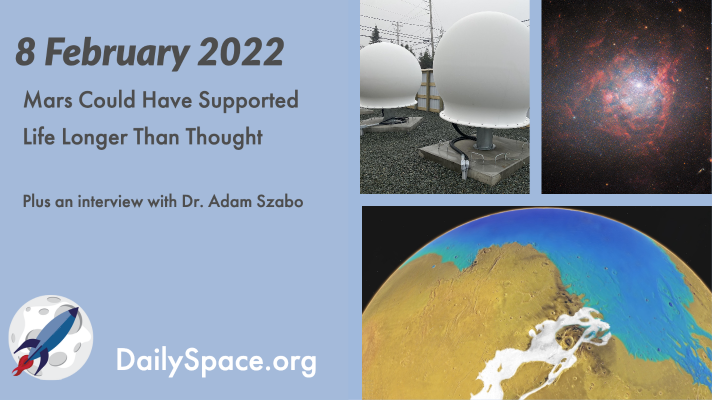
Feb 9, 2022 | Daily Space, Galaxies, Guest Interview, Mars, Rockets, ROSCOSMOS, Saturn, Soyuz, Spacecraft, SpaceX, Starlink, The Sun
A NASA-funded simulation of early Mars revealed that the climate three billion years ago on the red planet was very similar to Earth now, with a stable ocean in the northern hemisphere. This new timeline would have given life another 500 million years to develop. Plus, a dwarf galaxy, Saturn’s aurorae, a Soyuz launch, and an interview with Dr. Adam Szabo, mission scientist for the Parker Solar Probe.
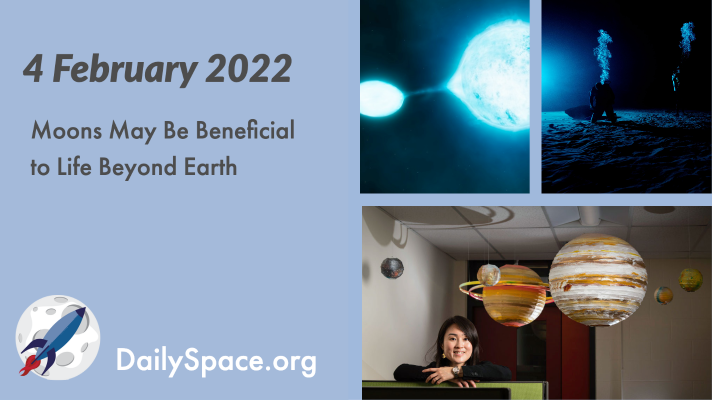
Feb 5, 2022 | Astrobiology, Crewed Space, Daily Space, Exoplanets, Moon, Rockets, Sky Watching, Spacecraft, SpaceX, Starlink, Stars, Supermassive Black Holes, Uranus
New simulations find that to form a moon with a similar size ratio to our own system, certain types of planets are needed. And that type of moon-planet system could then be beneficial to the rise of life on the planet. Plus, a Starlink launch, puffy planets, and training astronauts underwater for spacewalks.

Feb 2, 2022 | Crewed Space, Daily Space, Exoplanets, Galaxies, Guest Interview, Mars, Nebulae, Rockets, Science, Spacecraft, SpaceX, Star Forming Region
After several weather-related (and one cruise ship-related) delays, SpaceX finally launched the COSMO-SkyMed Second Generation Flight 2 (CSG-2) satellite for the Italian government. Plus, some beautiful images to start your week and an interview with Dr. Núria Miret-Roig about free-floating planets.








 We record most shows live, on Twitch. Follow us today to get alerts when we go live.
We record most shows live, on Twitch. Follow us today to get alerts when we go live.